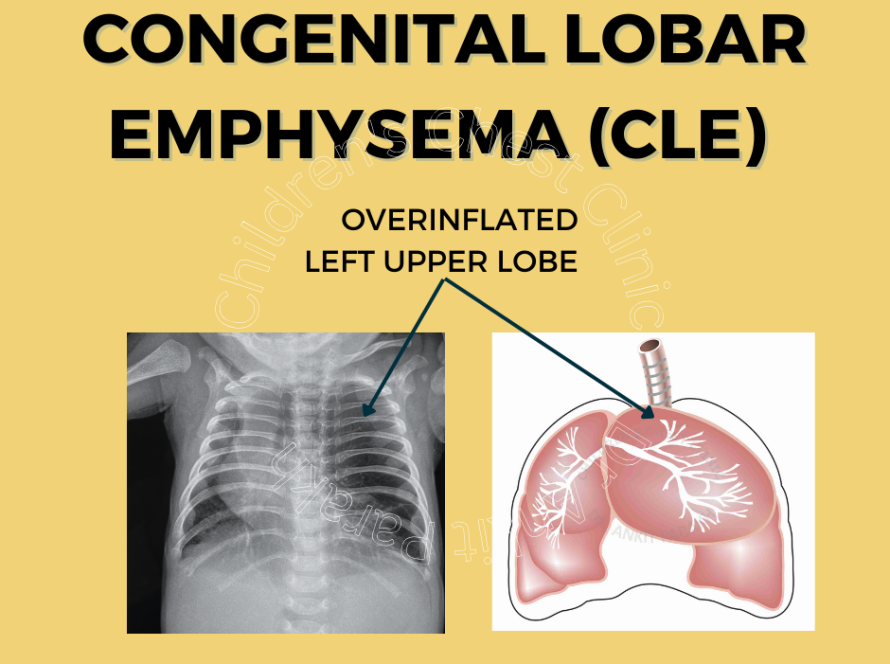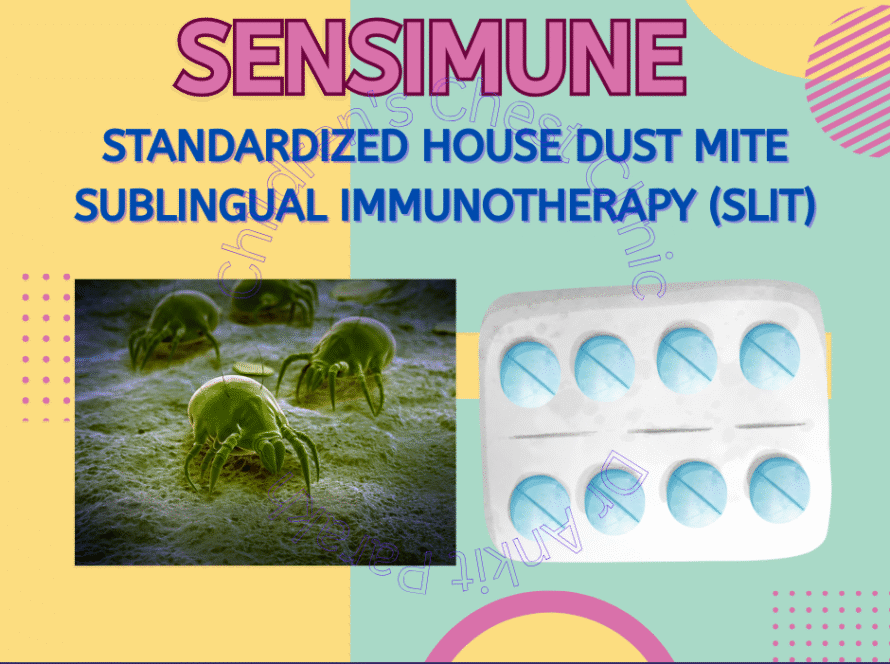Abdomen or commonly called tummy is a common site of tuberculosis in children. Abdominal tuberculosis can occur isolated or in association with tuberculosis of lungs and lymph nodes. Tuberculosis can involve various parts of the abdomen like the intestines, lymph nodes inside the abdomen, peritoneum (serous membrane forming the lining of the abdominal cavity), liver or spleen. In many children with abdominal tuberculosis multiple sites can be involved at the same time.
What are the symptoms of Abdominal Tuberculosis?
The symptoms of abdominal tuberculosis can be different with different forms of abdominal tuberculosis. Common symptoms of abdominal tuberculosis are fever, loss of weight, reduced appetite, distension and pain in abdomen. Some children with abdominal tuberculosis can have diarrhea or constipation. Occasionally, children with abdominal tuberculosis can have bleeding in stools. Many children with abdominal tuberculosis can also develop jaundice, fluid inside the abdomen (also called as ascites), an enlarged liver or spleen and lump in the abdomen. Children with abdominal tuberculosis can also have associated tuberculosis of the chest and lymph nodes.
How do we make a diagnosis of Abdominal Tuberculosis?
The diagnosis of abdominal tuberculosis requires a few investigations. Most useful investigation in children suspected to have abdominal tuberculosis is an ultrasound abdomen. It can help look at various parts of the abdomen with ease quickly and with no radiation. In some children with abdominal tuberculosis a CT scan of the abdomen with contrast is required. If the child with abdominal tuberculosis has fluid inside the abdomen or ascites then a small amount is taken for detailed evaluation in the lab. Occasionally, a sample from the lymph nodes is taken using a fine needle aspiration or a biopsy. Colonoscopy or a lower GI endoscopy might be needed in some children. A chest xray is usually done to look for tuberculosis in the chest.
How do we treat a child with Abdominal Tuberculosis?
Abdominal tuberculosis is treated with a combination of four medicines namely, Rifampicin, Isoniazid, Pyrazinamide and Ethambutol. The duration of treatment for a period of six to nine months. Some children with fluid in the abdomen or ascites also require additional steroids for two months.
What can be the complications of abdominal tuberculosis in children?
Children with abdominal tuberculosis can develop obstruction of the intestines. This leads to excessive vomiting, no stools and sometimes perforation of the intestine.
If your child is suspected to have abdominal tuberculosis get in touch with a tuberculosis expert and get proper treatment.







